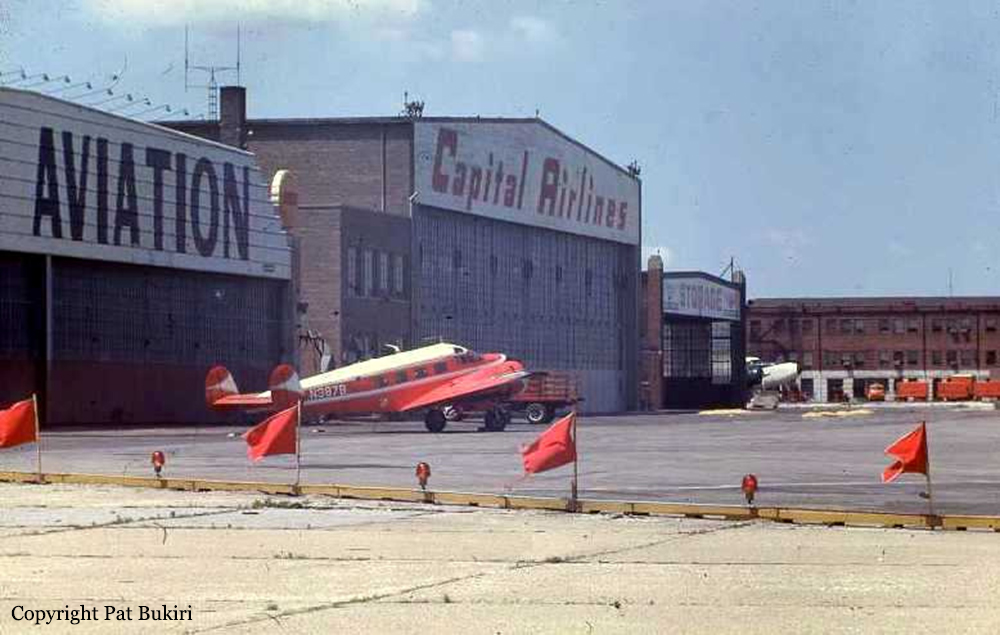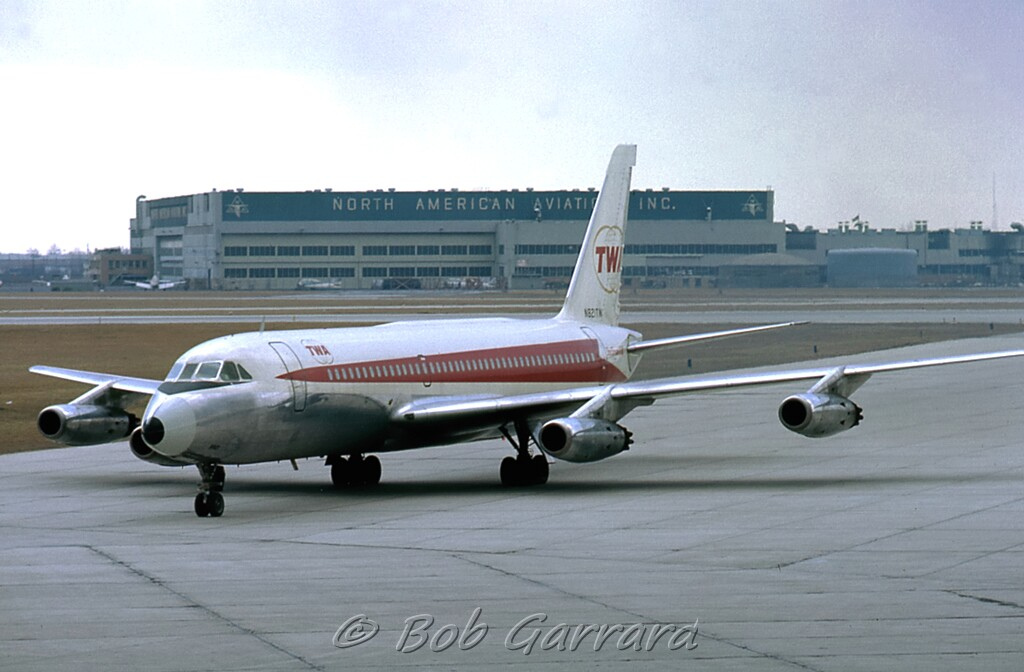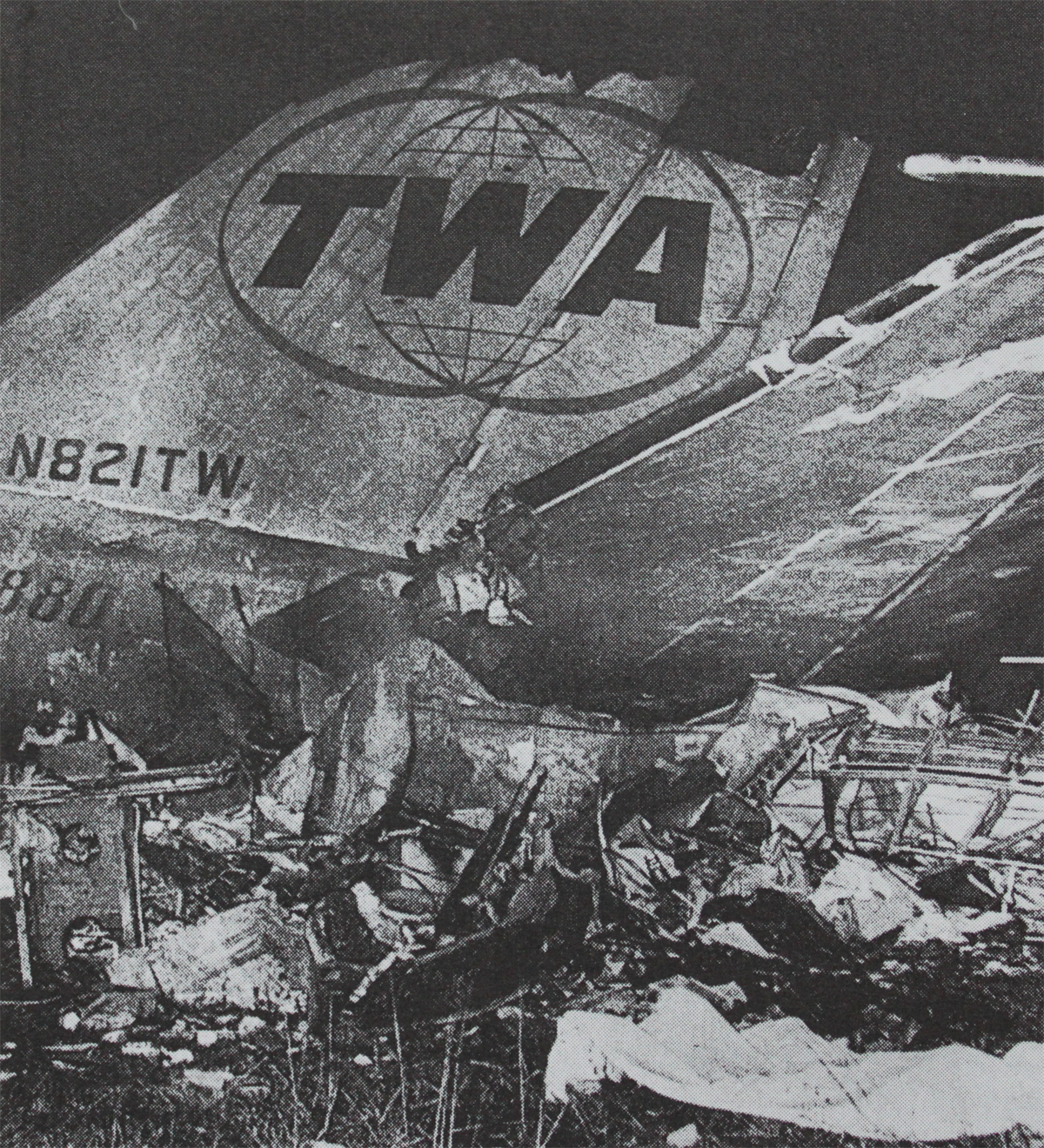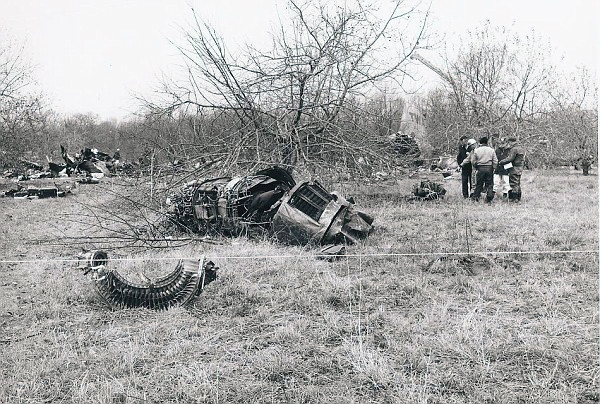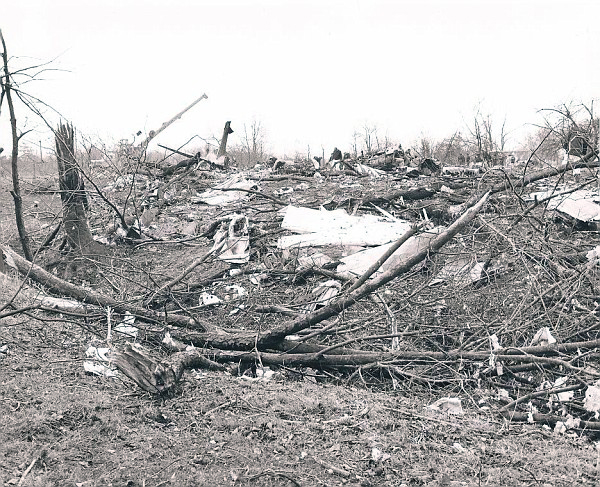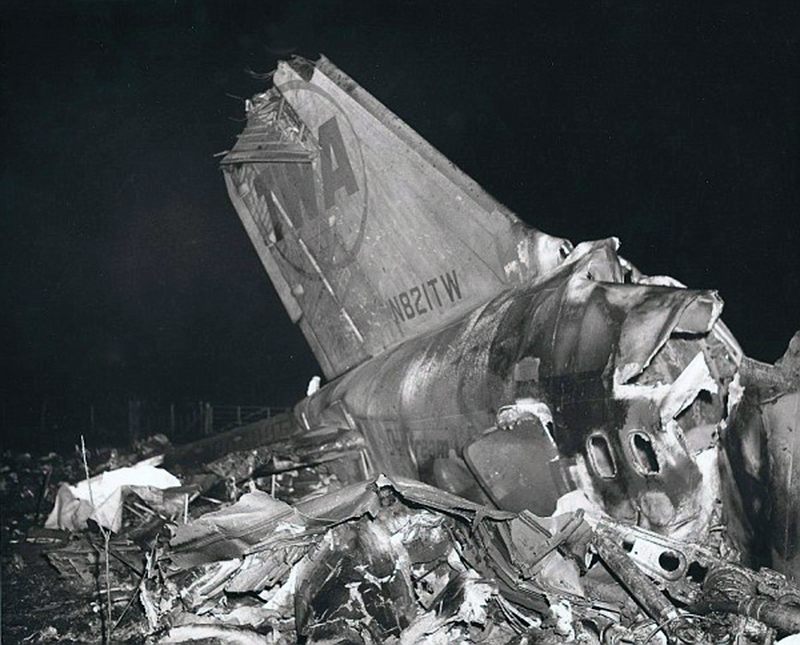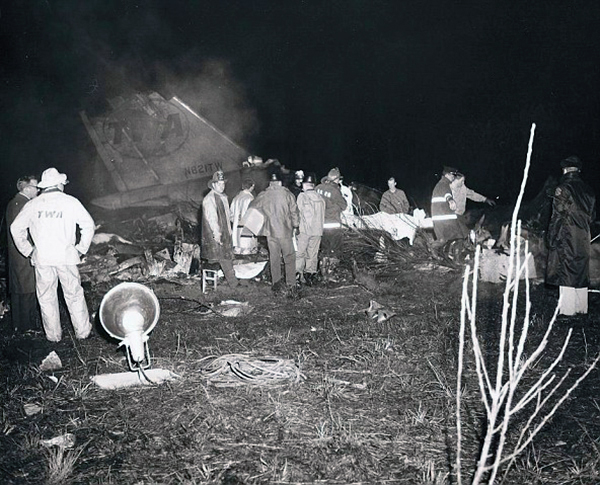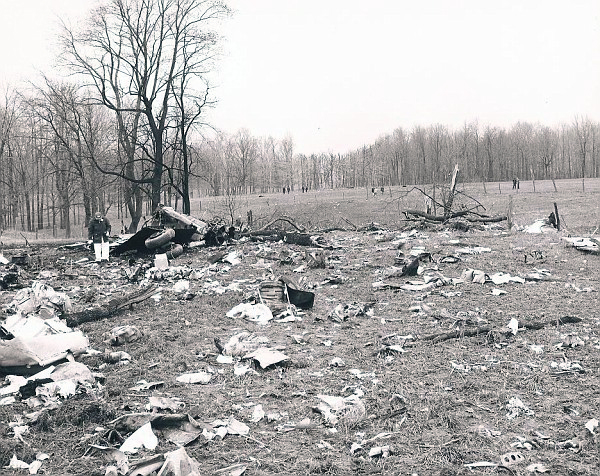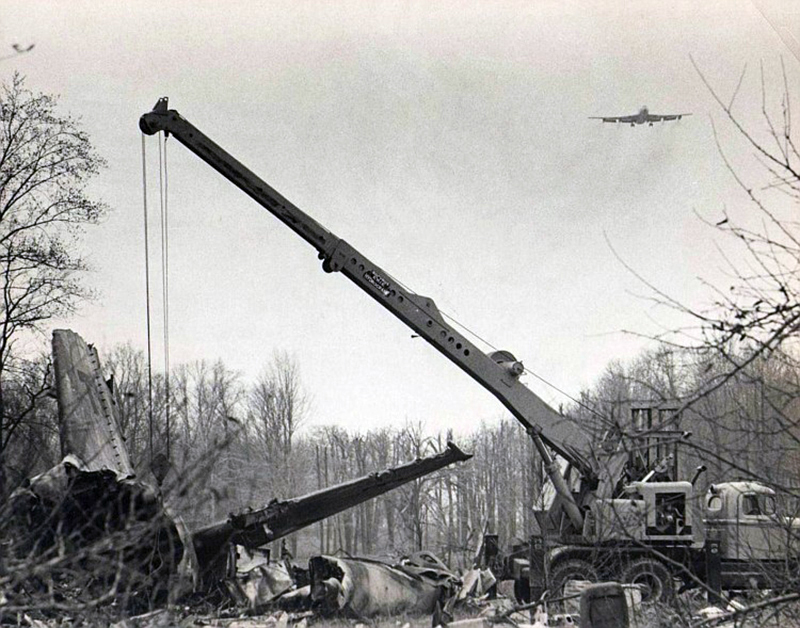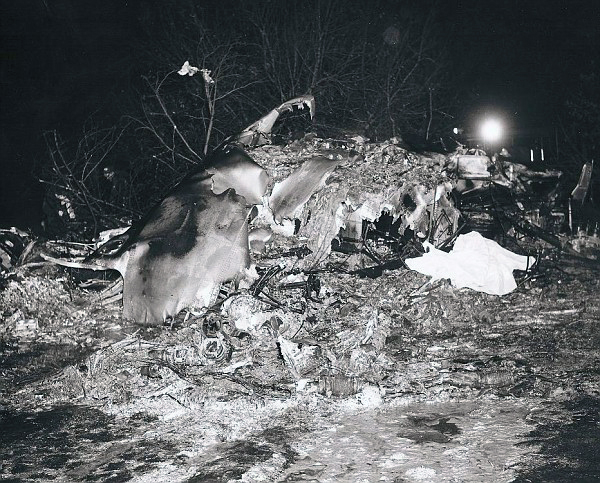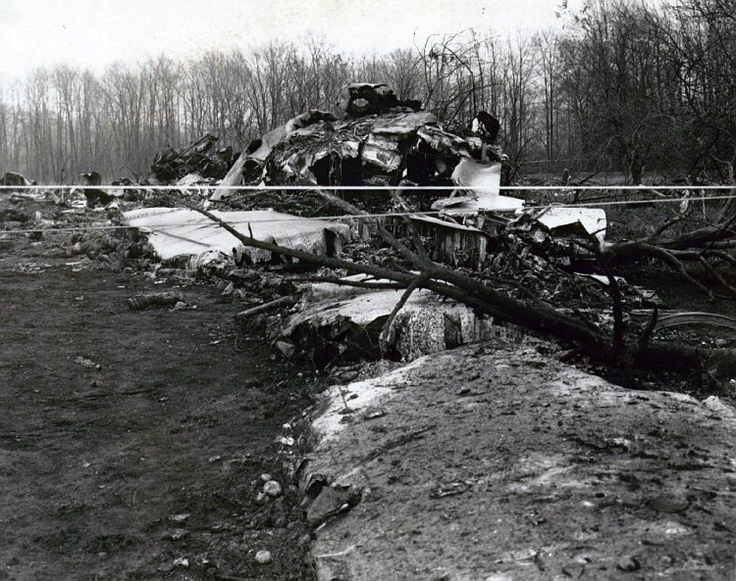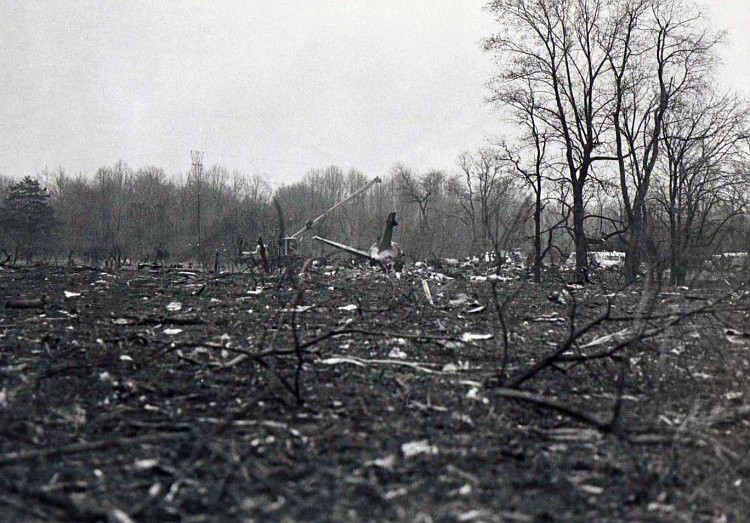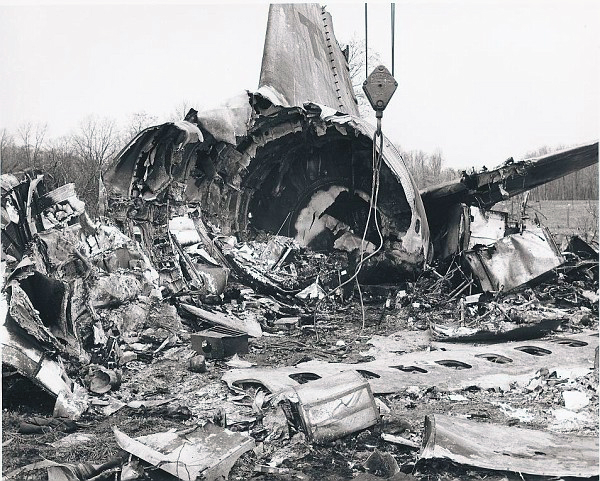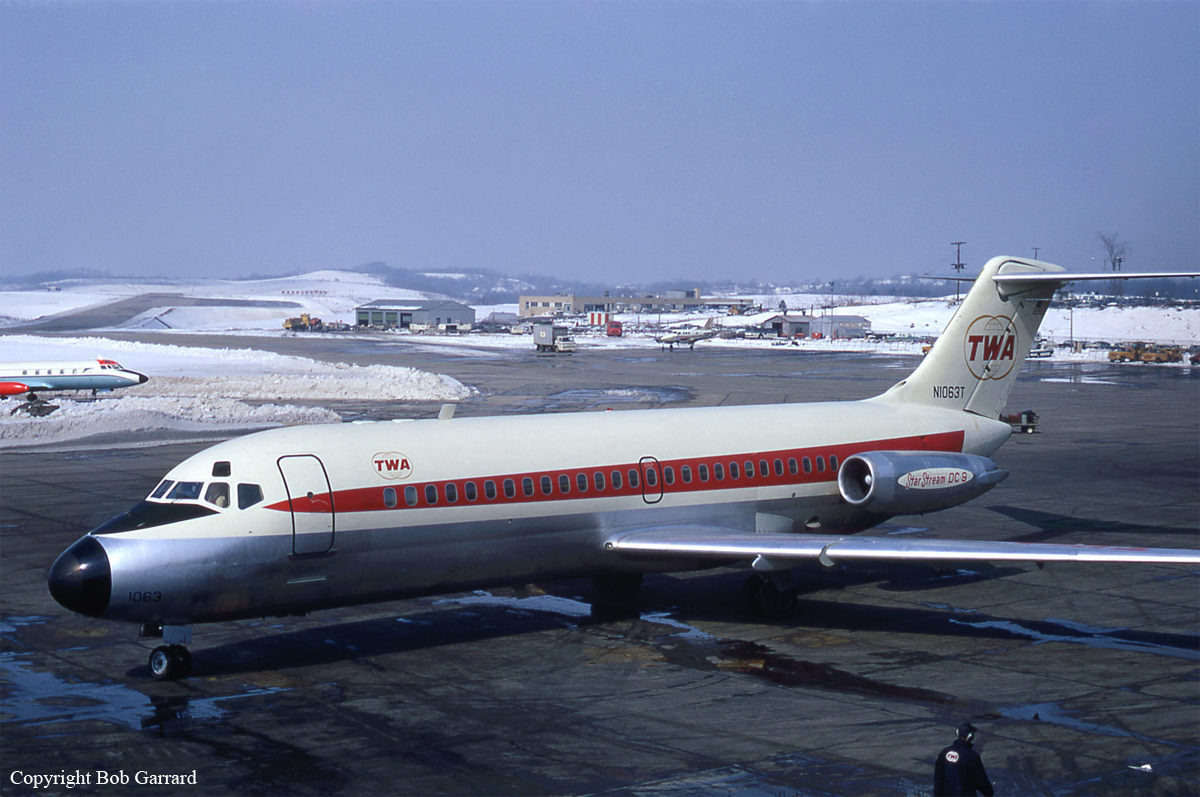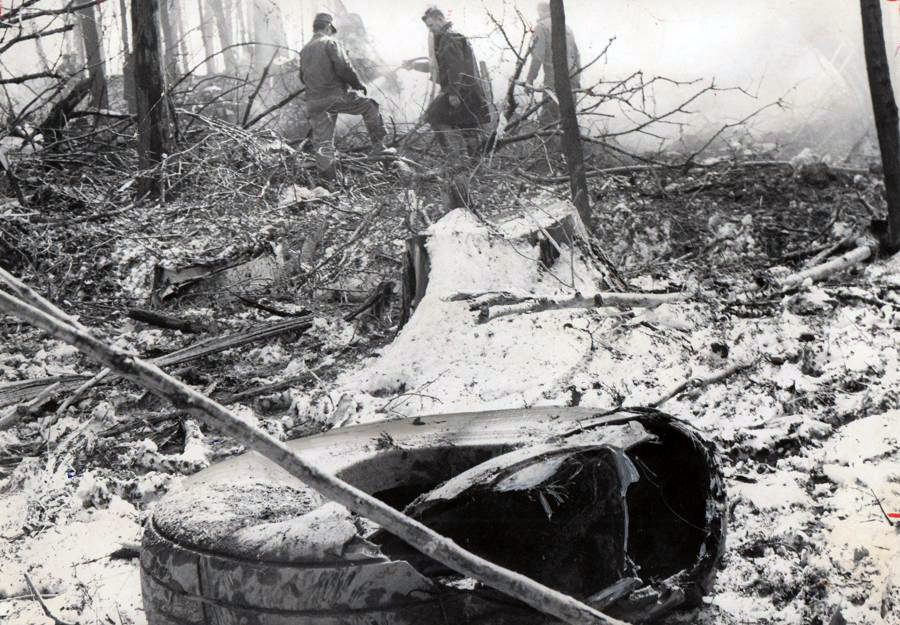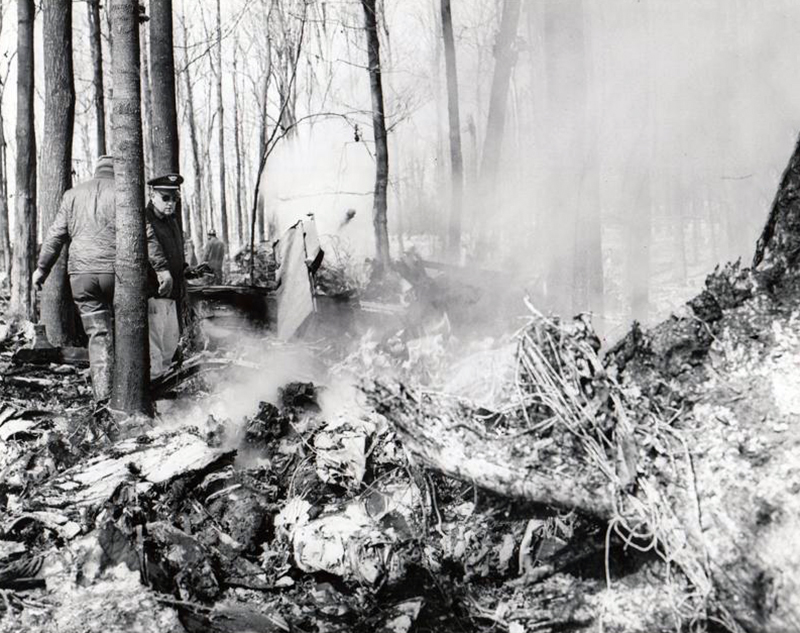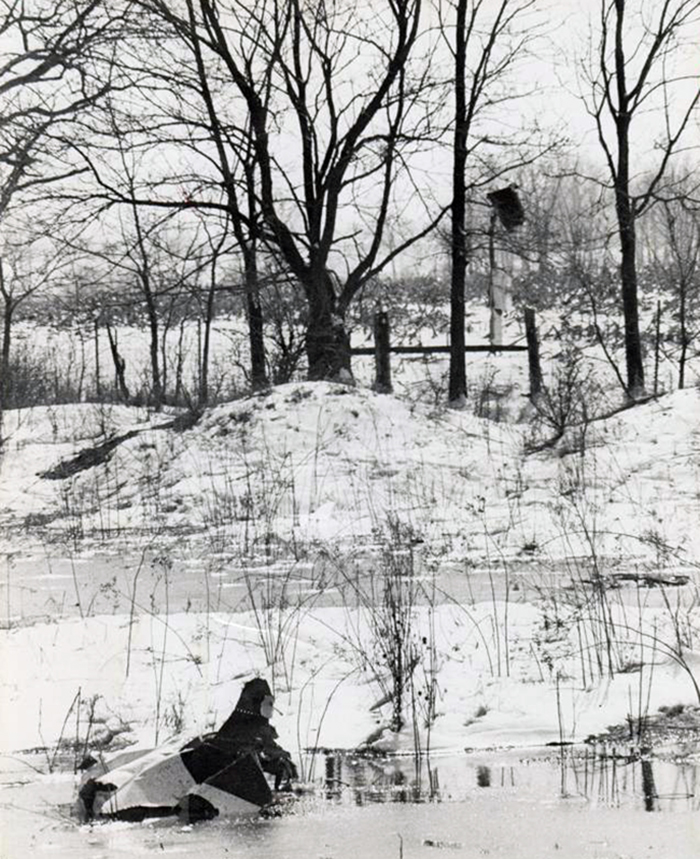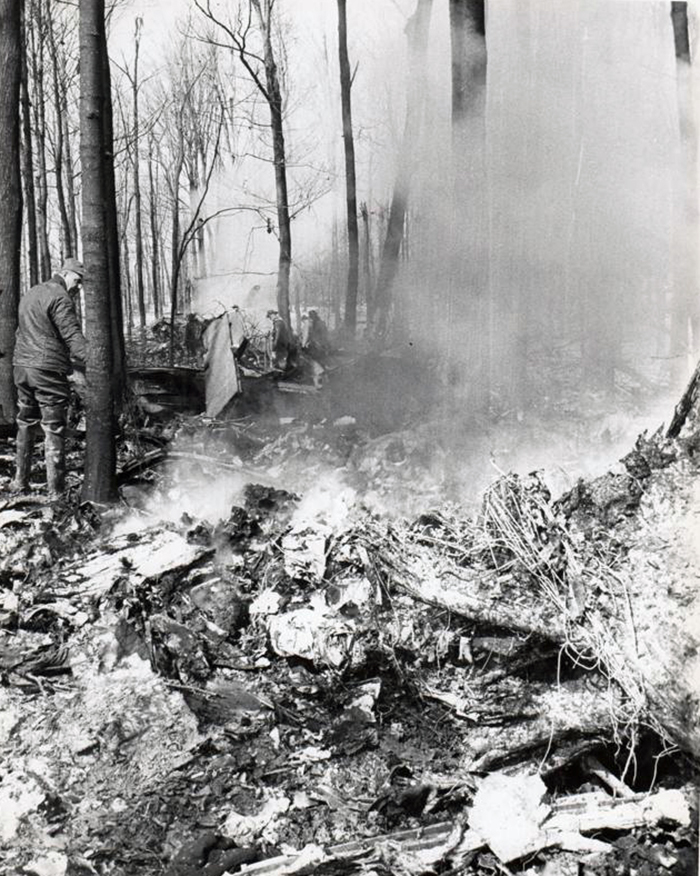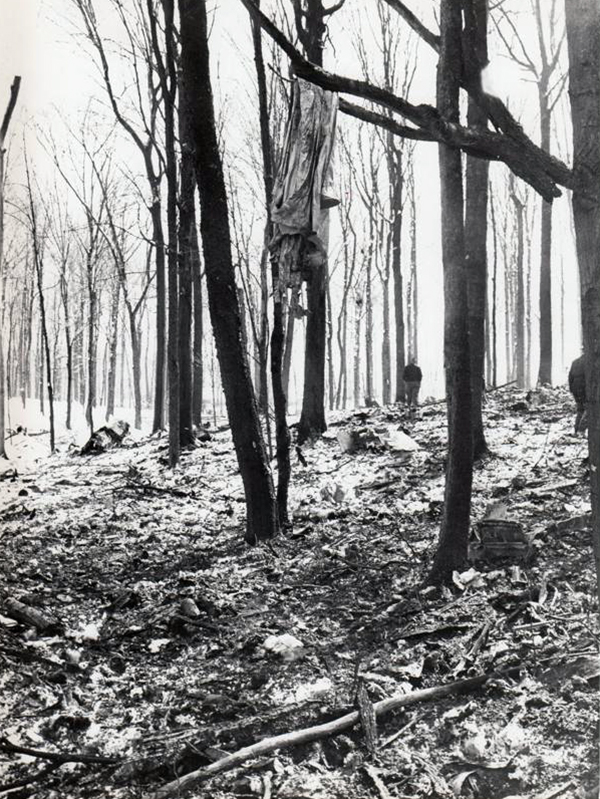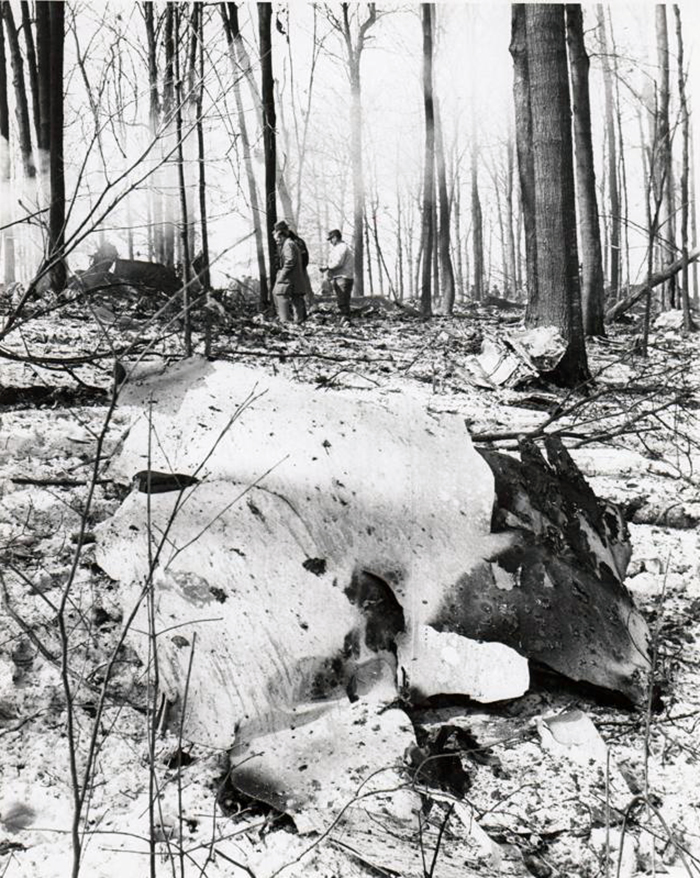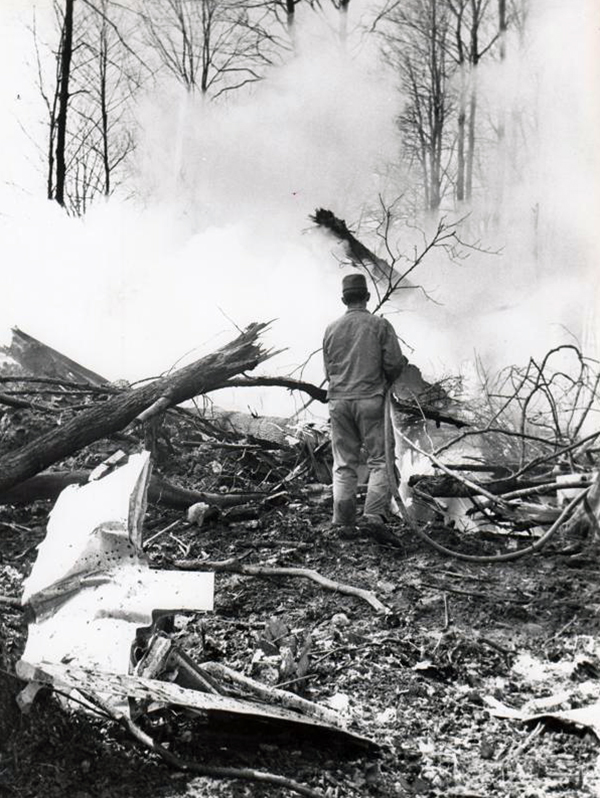Crash of a Beechcraft 99A Airliner in Johnstown: 12 killed
Date & Time:
Jan 6, 1974 at 1905 LT
Registration:
N125AE
Survivors:
Yes
Schedule:
Pittsburgh - Johnstown
MSN:
U-125
YOM:
1969
Flight number:
AE317
Crew on board:
2
Crew fatalities:
Pax on board:
15
Pax fatalities:
Other fatalities:
Total fatalities:
12
Captain / Total hours on type:
383.00
Copilot / Total hours on type:
380
Aircraft flight hours:
7503
Circumstances:
Following an uneventful flight from Pittsburgh-International Airport, the crew deliberately started the descent prematurely, causing the aircraft to approach below the minimum published altitude. While descending in marginal weather conditions, the twin engine airplane struck an ILS antenna and crashed few dozen yards short of runway 33 threshold. A pilot and four passengers were seriously injured while 12 other occupants were killed. The aircraft was destroyed. By reason of numerous violations, unsafe practices, policies, and coercing tactics, Air East has demonstrated that it does not possess the judgement, responsibility or compliance disposition required of a holder of an air taxi commercial operators certificate. Thus, the operator's AOC was revoked on March 7, 1974.
Probable cause:
It was determined that the accident was caused by a premature descent below a safe approach slope followed by a stall and loss of aircraft control. The reason for the premature descent could not be determined, but it was probably the result of the combination of the following factors:
- A deliberate descent below the published minimum descent altitude to establish reference with the approach lights and make the landing,
- A visual impairment or an optical illusion created by the runway/approach lighting systems,
- Downdrafts near the approach end of the runway.
- A deliberate descent below the published minimum descent altitude to establish reference with the approach lights and make the landing,
- A visual impairment or an optical illusion created by the runway/approach lighting systems,
- Downdrafts near the approach end of the runway.
Final Report:

